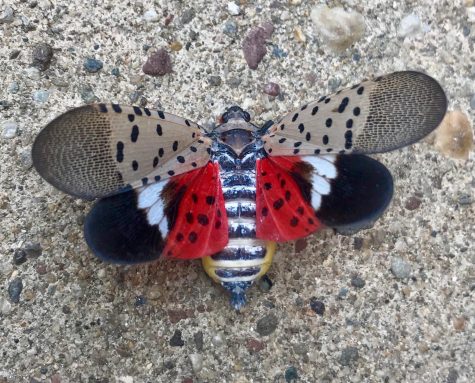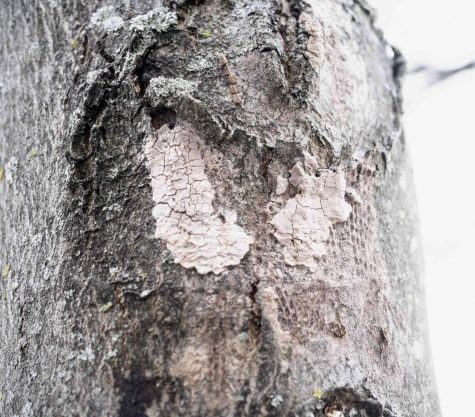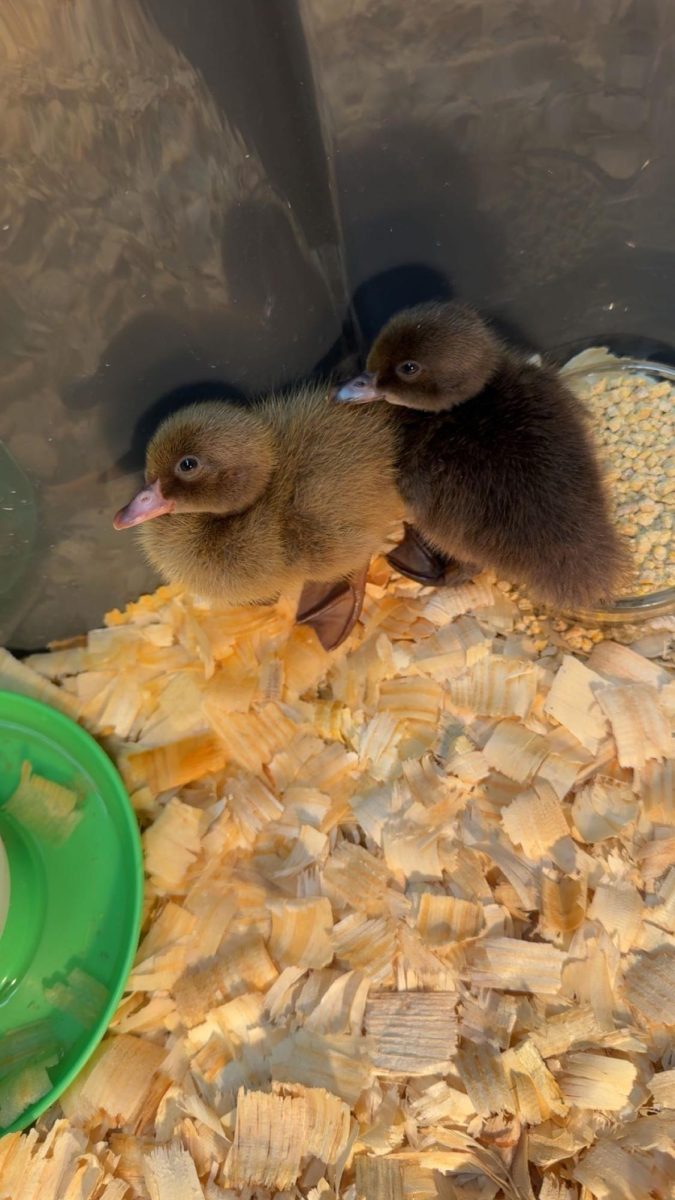Spotted Lanternflies: An Agricultural Menace
On November 3rd, 2014, a quarantine was announced in Pennsylvania. While today such a statement might invoke images of COVID-19, this was a quarantine of goods, prompted by the discovery of an infestation of Lycorma delicatula, more commonly known as the spotted lanternfly. The order restricted the movement of any goods capable of spreading the pest, blocking off two townships. Nearly seven years later, it would appear that the quarantine was unsuccessful, as the insect is now wreaking havoc on ecosystems across the country.
First documented by Adam White in 1845, the spotted lanternfly originates from parts of China, India, and Vietnam. In these native habitats, the bug is kept in check by its natural predators and is a healthy part of the ecosystem. However, in 2006 they were accidentally brought to South Korea with a shipment of fruits, and from there they spread like wildfire across Asia, eventually making it to North America. They are an invasive species, and are considered a pest by the USDA.
As of 2021, the insect has spread throughout the northeastern United States and into New Jersey, as well as the states of Delaware, Maryland, Virginia, West Virginia, New York, Connecticut, Ohio and most recently Indiana, prompting new county quarantines in many states. Thirteen New Jersey counties are under quarantine, including Morris County. State officials have been urging residents to kill the bugs on sight, as they have potential to greatly damage the ecosystems of the Garden State.

Although they are not directly dangerous to humans or animals, spotted lanternflies eat sap from plants and trees, causing damage and often death in the process. Their spread will mean huge amounts of damage to foliage across New Jersey, which will in turn negatively impact the ecosystems those plants are a part of. The flies also pose a danger to agriculture. According to a study by economists in Penn State’s College of Agricultural Sciences, the spotted lantern flies could cost Pennsylvania’s economy $324 million a year in agricultural damages, and cause the loss of around 2,800 jobs. It can be assumed that the flies would have a similar impact in New Jersey given that both states have a similar reported distribution.

Spotted lanternflies lay their eggs in the fall, which persist through winter and hatch during spring. As a result, state officials are now urging residents to destroy egg clusters, which often look like clumps of light gray mud on the trunk of a tree. According to NJDA, it is best to use a rock or similar object to squash the egg sacs, then scrape them off the tree and dispose of them in the garbage.
If you see a spotted lanternfly or their eggs, take a photo and submit it to SLF-plantindustry@ag.nj.gov, or call the New Jersey Spotted Lanternfly Hotline at 1-833-223-2840.

Miles is a senior at West Morris Central, and is excited to be writing for The Paw this year. Miles' main passion is for music, and he spends most of...

































